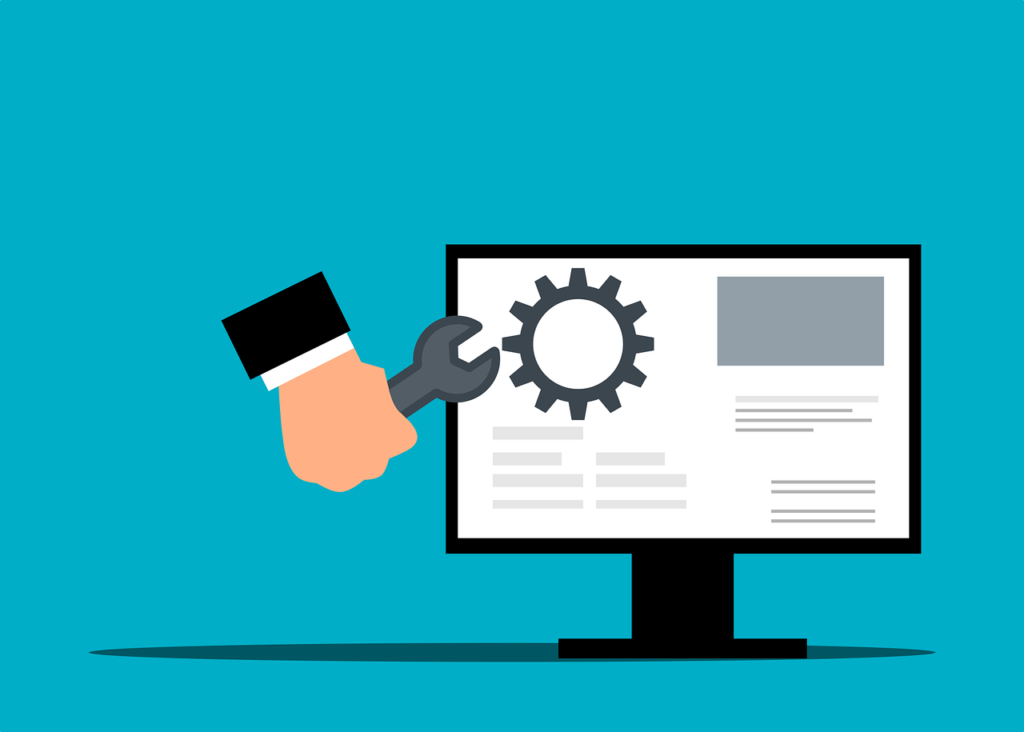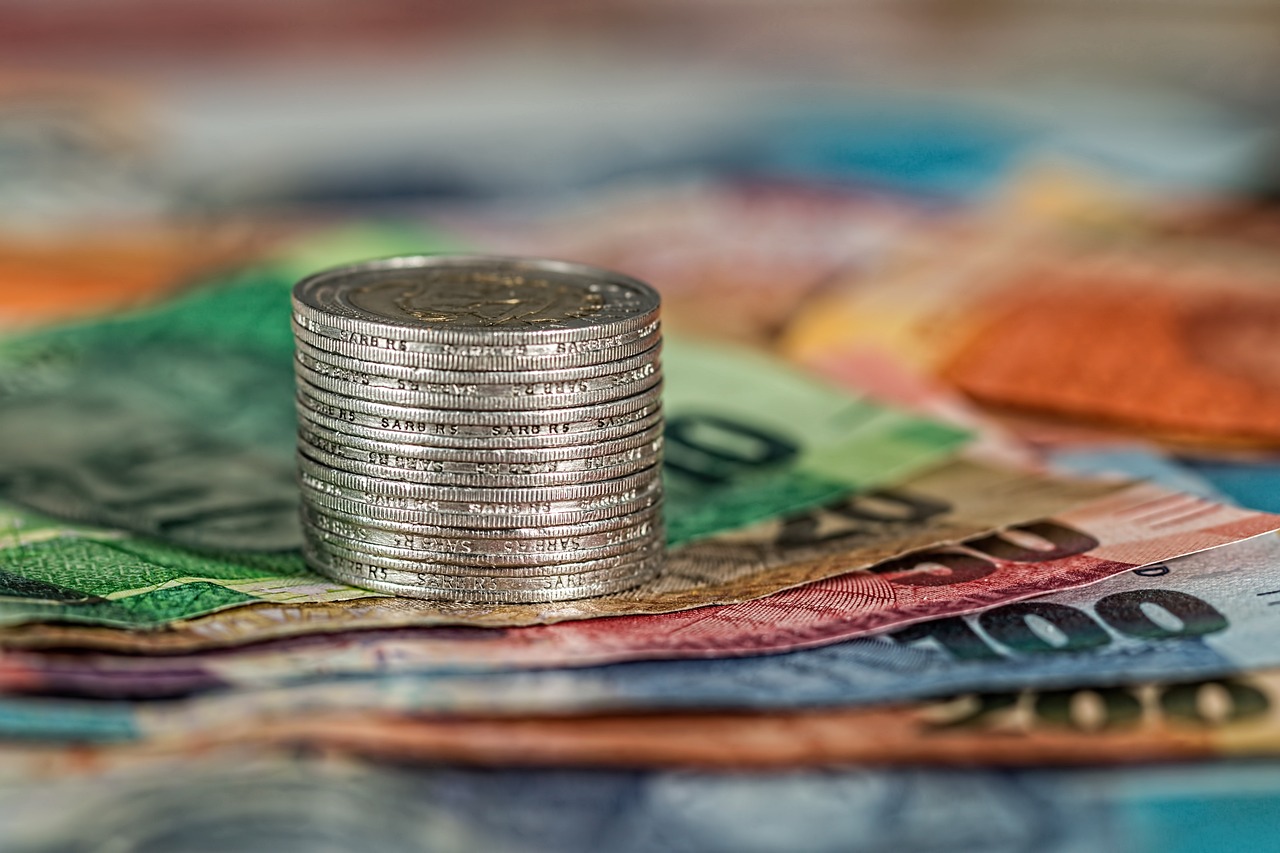Which assets cannot be depreciated? – Have you ever wondered why some assets seem to stand the test of time, maintaining their value year after year? While most assets experience depreciation, certain treasures have a unique quality that sets them apart. In this article, we will explore the fascinating world of non-depreciable assets—those valuable possessions that resist the tides of wear and tear, economic fluctuations, and time itself. Join us on this journey as we unravel the mysteries of assets that retain their worth indefinitely. Before seeing Which assets cannot be depreciated lets see more about term Depreciation in short, this will help you get more examples of non depreciable assets.
What is Depreciation?
Depreciation is the gradual decrease in the value of an asset over time due to various factors like usage, obsolescence, or wear and tear. It affects most tangible assets such as vehicles, machinery, equipment, and buildings. As these assets are utilized or age, their value decreases, impacting their financial worth and market price.
Why do Assets Depreciate?
The depreciation of assets is influenced by various factors. One of the primary reasons is physical wear and tear resulting from regular usage. As assets are utilized in their intended functions, they experience deterioration, leading to reduced value. Additionally, technological advancements can render certain assets outdated, diminishing their demand and value.
Moreover, changes in market demand, economic conditions, and consumer preferences can also contribute to depreciation. For example, the introduction of newer and more advanced models can make older versions less desirable, causing their value to decline.
Non-Depreciable Assets – Which assets cannot be depreciated?
Amidst the vast sea of depreciating assets, there exist some remarkable exceptions—assets that seem to defy the norm. These non-depreciable assets maintain their value over time, often appreciating in worth. Let’s explore these fascinating treasures that retain their allure:
Land
Land, the very foundation upon which we build our lives, is one of the most prominent examples of a non-depreciable asset. Unlike buildings or structures on it, the land itself does not deteriorate over time. Its inherent scarcity and perpetual demand contribute to its enduring value.
Land is a limited resource, and as the world’s population continues to grow, the demand for land for housing, agriculture, and commercial purposes increases. As a result, the value of land tends to appreciate, making it an attractive investment and a non-depreciable asset.
Artwork and Collectibles
Works of art and collectibles often appreciate in value over time, making them desirable non-depreciable assets. The rarity, historical significance, and emotional appeal of these items make them highly sought after by collectors and enthusiasts alike.
Collectible items like rare paintings, vintage coins, classic cars, and rare stamps can become valuable investments that grow in worth with each passing year. The scarcity of these items and their cultural importance contribute to their non-depreciable nature.
Intangible Assets
While most assets are tangible and subject to depreciation, there is a class of assets that exists purely in the realm of ideas—the intangible assets. Intangible assets include patents, trademarks, copyrights, and intellectual property.
These assets hold immense value without experiencing depreciation. Owning exclusive rights to a unique invention, brand name, or creative work can provide a competitive advantage and generate royalties or licensing fees. The ability to protect and monetize intangible assets ensures their non-depreciable status.
Most Successful Cryptocurrency Market
Natural Resources
Certain natural resources possess a unique characteristic that keeps them non-depreciable. Resources such as oil, minerals, and precious metals are limited in supply, making them highly valuable commodities.
As long as there is demand for these resources, their value remains intact, and they continue to serve as non-depreciable assets. The scarcity of these resources and their importance in various industries make them a sought-after investment.
Investment Securities
Investment securities, like stocks and bonds of stable and successful companies, can maintain or increase their value over time. These securities represent ownership in a company or the government’s debt and are traded in financial markets.
While the value of investment securities can fluctuate based on market conditions, wise investments in fundamentally sound companies can lead to significant returns, making them non-depreciable in the long run.
Rare Commodities
Certain items gain non-depreciable status due to their limited availability and high demand. Rare commodities, such as rare gemstones, unique artifacts, or limited-edition items, become valuable due to their scarcity and desirability.
Collectors and enthusiasts often seek out these rare commodities, driving up their value over time. Their allure lies in their uniqueness and exclusivity, ensuring their non-depreciable nature.
Intellectual Property
Intellectual property, the result of human creativity and innovation, can retain its value indefinitely. Intellectual property includes ideas, software, trade secrets, and creative works protected by patents, trademarks, and copyrights.

The ongoing protection of intellectual property rights ensures its non-depreciating nature. Businesses and individuals can monetize intellectual property through licensing, royalties, and partnerships, making it a valuable and non-depreciable asset.
Historical Buildings
Historical buildings that bear cultural significance or unique architectural value often appreciate over time. These iconic structures become a symbol of a region’s heritage and history, drawing tourists and admirers alike.
Preserving historical buildings is essential to maintain their value and cultural importance. Due to their rarity and cultural significance, these buildings stand as non-depreciable assets, attracting attention and preservation efforts.
Home Loan Computation: The Future of Finance Management and The Role of Special Calculators
Antiques and Heirlooms
Antiques and heirlooms, cherished possessions passed down through generations, often appreciate in both sentimental and monetary value. These treasured items become symbols of family history and tradition, making them invaluable.
The combination of rarity, historical importance, and sentimental attachment makes antiques and heirlooms non-depreciable assets that continue to captivate hearts and minds.
The Significance of Non-Depreciable Assets
Non-depreciable assets hold immense significance in the financial world for several reasons. Understanding their role can help businesses make informed decisions and effectively manage their assets and tax liabilities.
1. Preserving Value
Non-depreciable assets, by their nature, do not experience the decline in value observed in depreciable assets. They are often valuable assets that retain their worth over time, making them an attractive investment option.
2. Tax Implications
Owning non-depreciable assets can have significant tax implications. Since these assets don’t depreciate, their value remains constant for tax purposes, which can lead to favorable tax treatment and reduced tax liabilities.
3. Asset Diversification
Investing in non-depreciable assets allows individuals and businesses to diversify their portfolios, reducing the overall risk and increasing the potential for higher returns.
4. Long-Term Stability
Non-depreciable assets provide a sense of long-term stability, making them a preferred choice for investors looking for consistent and reliable assets to hold onto for extended periods.
5. Strategic Planning
Recognizing non-depreciable assets in financial planning can aid in developing effective strategies to manage wealth and allocate resources more efficiently.
Characteristics of Non-Depreciable Assets
Non-depreciable assets possess specific attributes that differentiate them from depreciable assets. Understanding these characteristics is vital to identify and leverage non-depreciable assets to achieve financial goals.
1. Permanence
Non-depreciable assets are typically long-lasting and remain in use for an extended period without significant wear and tear. Examples include land and certain intellectual property rights.
2. Infinite Useful Life
Unlike depreciable assets with a defined useful life, non-depreciable assets are considered to have an infinite useful life since they do not depreciate.
3. Appreciation Potential
Non-depreciable assets often have the potential to appreciate in value over time, making them a valuable component of an investment strategy.
4. Nature of the Asset
The nature of the asset itself plays a significant role in determining whether it can be depreciated or not. Assets such as land, trademarks, copyrights, and goodwill are typically non-depreciable.
5. Legal and Accounting Guidelines
Certain legal and accounting guidelines dictate which assets cannot be depreciated, ensuring consistent treatment across industries and jurisdictions.
How To Transfer Money From Dasher Direct To Bank Account?
Strategies to Prevent Asset Depreciation
Diversification: The Key to Stability
Diversifying your investment portfolio across different asset classes is a fundamental strategy to minimize the impact of depreciation. By spreading your investments across stocks, bonds, real estate, and other assets, you can offset losses in one area with gains in another.
Regular Maintenance and Upgrades
For tangible assets like machinery, vehicles, or real estate, regular maintenance is crucial to prevent accelerated depreciation. Timely repairs and upgrades can extend the lifespan of these assets and maintain their value over the long term.
Embrace Technological Advancements
In today’s rapidly evolving world, technology plays a significant role in determining the value of assets. Embracing technological advancements can make your assets more relevant and resistant to obsolescence.
Conclusion
In a world where most assets experience depreciation, non-depreciable assets stand as shining examples of enduring worth. Land, artwork, intangible assets, and rare commodities are just some of the treasures that resist the passage of time. Their allure lies not only in their financial value but also in the stories they tell, the emotions they evoke, and the cultural heritage they preserve.
As we continue to navigate a world of changing trends and economic fluctuations, these non-depreciable assets serve as a reminder that some things truly appreciate with age. They enrich our lives with beauty, history, and a sense of wonder, making them true treasures to behold and cherish for generations to come.
Non-depreciable assets act as pillars of stability and durability in a world where value is frequently transient. They provide as evidence of the value and beauty of some items that transcends monetary gain, enhancing our lives in meaningful ways. Remember that certain riches are truly eternal as you go out on your own journey of comprehension and appreciation.
Top 5 Money-Making Tips With Bitcoin
FAQs
What defines a non-depreciable asset?
Non-depreciable assets are possessions that do not experience a decline in value over time due to wear and tear, obsolescence, or changing market conditions.
Why do some assets appreciate while others depreciate?
Assets appreciate when their demand and value increase over time, often due to rarity, sentimental appeal, or exclusive rights.
Are all collectibles non-depreciable assets?
Not all collectibles are non-depreciable. The value of collectibles depends on factors like scarcity, historical significance, and current demand in the market.
Can non-depreciable assets lose value?
While non-depreciable assets are less likely to lose value over time, external factors like changes in laws or unforeseen market shifts can impact their worth.
How can I identify non-depreciable assets for investment?
Research and expert advice are crucial when identifying non-depreciable assets for investment. Factors like scarcity, historical importance, and demand should be thoroughly assessed before making a decision.
